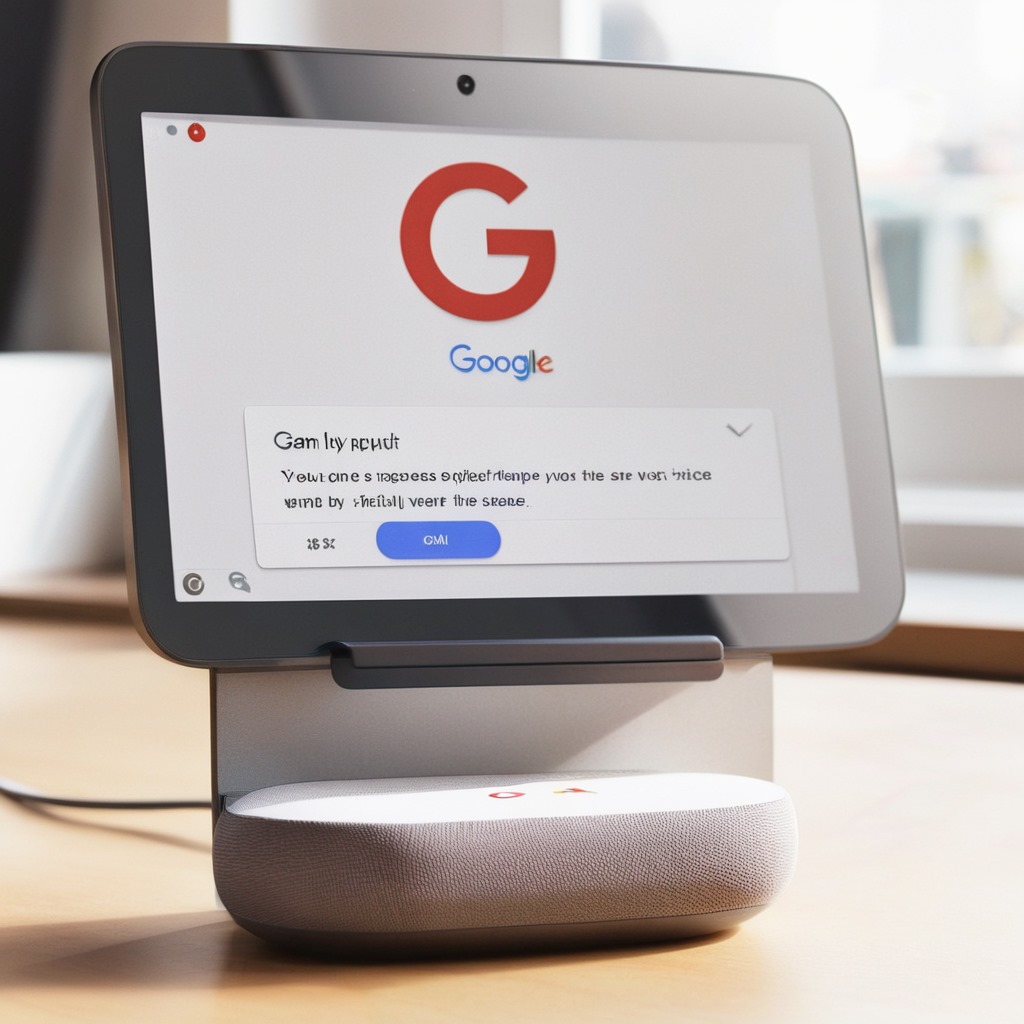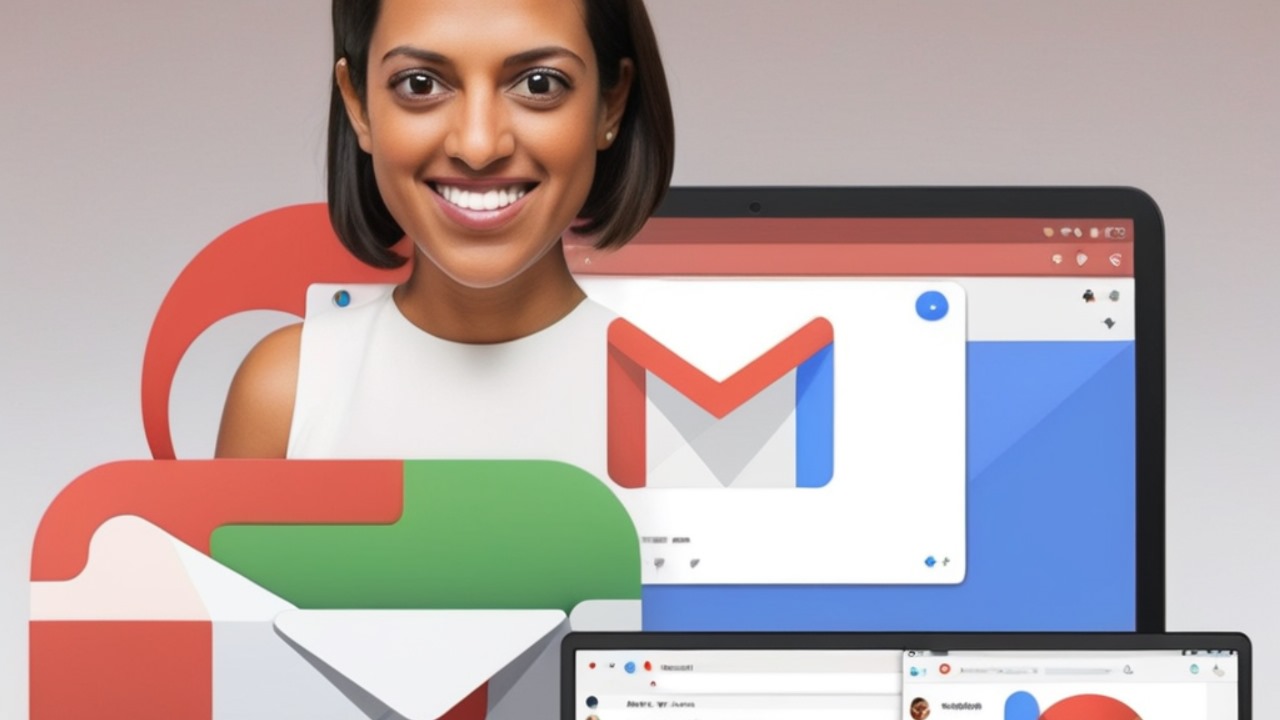Convenience and accessibility have become critical factors for users globally in the constantly changing world of technology. Google a pioneer in the tech sector is apparently preparing to launch a new voice input feature for Gmail in keeping with this philosophy. If this development comes to pass it will completely change how users communicate with their email accounts. Lets explore this features potential functionality and effects on the user experience in more detail.
Voice Input Technologys Evolution:
Thanks to recent the advances in the artificial intelligence (AI) and machine learning voice input technology has advanced significantly. From being a novelty a few years ago it has now become a necessary component of our everyday existence and is present in many digital interactions. There are a wide range of applications for voice input technology including voice-activated smart home devices and virtual assistants like Siri and Google Assistant.
The Potential of Email Voice Input:
In terms of efficiency and convenience voice input technology opens up a world of possibilities for email clients like Gmail. Writing emails has always been mostly a manual process that required users to type out their messages. The underlying mechanism has not changed much even though keyboards have transitioned from physical to touch-based interfaces. On the other hand voice input may allow users to dictate their emails doing away with the need for typing entirely.
A greater level of inclusivity and accessibility:
The improved accessibility that voice input into Gmail provides is one of the biggest effects. Voice input offers an inclusive mode of communication for people who are less mobile or who have trouble using standard typing techniques. Google is able to reach a wider audience and guarantee that its services are available to everyone irrespective of physical constraints by allowing users to compose emails through speech.
Simplification of Productivity and Workflow:
Apart from the advantages it can offer in terms of accessibility voice input can also help Gmail users work more efficiently and productively. Users can compose emails more quickly and effectively by dictating them aloud rather than by handwriting them. When you need to respond to emails quickly or draft a lengthy correspondence for example this is especially helpful. Google’s voice input feature has the potential to enable users to complete more tasks in less time by decreasing the difficulties involved in writing emails.

Integration into the Current Google Ecosystem:
It makes sense that the voice input feature in Gmail and other Google platforms would integrate seamlessly given Googles extensive ecosystem of products and services. For example users may be able to use the natural language processing powers of Google Assistant to write emails set up appointments and carry out other tasks right from within their Gmail accounts. This kind of integration not only improves the user experience but also shows how dedicated Google is to building an ecosystem that works together and puts the needs of its users first.
Dealing with Security and Privacy Issues:
Though there is a lot of potential for a voice input feature in Gmail there are legitimate security and privacy concerns. Since voice data contains distinct identifiers that can be linked to specific users it is by nature sensitive. As a result Google needs to give strong privacy controls top priority in order to protect user data and make sure that laws like the CCPA and GDPR are followed. Ensuring data security requires putting in place robust encryption protocols offering clear disclosure about data usage and retention policies and transparent opt-in/opt-out mechanisms.
The Functions of Natural Language Processing and Machine Learning:
Natural language processing (NLP) and sophisticated machine learning algorithms are the foundation of Googles proposed voice input functionality for Gmail. The system can precisely translate spoken words into text thanks to these technologies which also guarantee high accuracy and comprehension. The voice input feature can be improved even further by the system using machine learning to adjust to users speech patterns and preferences as they use it.
Possible Obstacles and Restraints:
The addition of voice input to Gmail may present some obstacles and restrictions despite its possible advantages. As an example different factors like accent background noise and linguistic subtleties can affect how accurate speech recognition algorithms are. Concerns regarding privacy and data security may also arise from users reluctance to orally dictate private or sensitive material. In order to boost user confidence and promote widespread feature adoption Google needs to effectively handle these issues.
Future Developments and Consequences:
In the future voice input technologys incorporation into Gmail may open the door to additional advancements in email communication and other areas. We might witness improvements like voice-activated email filtering intelligent email summarization and real-time language translation as AI and machine learning continue to progress. These developments have the power to completely change not just how we use email but also how we move around the internet.
In conclusion:
To sum up the rumored plan by Google to integrate voice input into Gmail is a big advancement for email communication. Google can make Gmail more accessible improve productivity and streamline processes for millions of users globally by utilizing voice technology. However in order to gain users trust addressing privacy and security concerns is essential to the successful implementation of this feature. Google’s voice input feature could revolutionize email communication and create a new benchmark for accessibility and inclusivity in digital communication if it is implemented carefully. One thing is certain though as we eagerly await more developments: Google is leading the way in the evolution of email which is about to undergo a significant transformation.

Leave a Reply